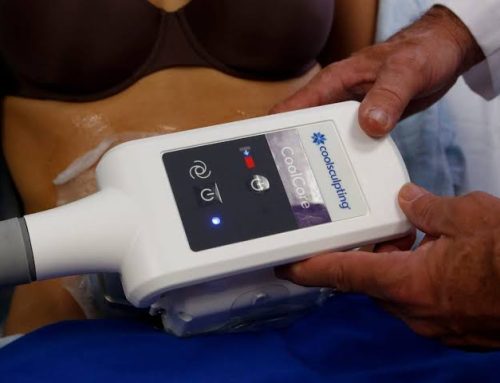Introduction
Undergoing a hair transplant is a transformative journey that often comes with questions about the recovery process and when patients can expect to get back to their normal routines. In this article, we will explore the typical timeline for post-hair transplant recovery, offering insights into when patients can resume their daily activities, enjoy their new hair, and regain their confidence.
How long does it take to recover from a Hair Transplant?
The recovery journey after a hair transplant can be divided into several key stages:
- Immediate Post-Procedure Period (0-4 Days): Right after the surgery, it’s common to experience some discomfort, swelling, and redness at the donor and recipient areas. Most patients are advised to take a day or two off to rest and allow the initial healing to begin.
- First Two Weeks: During this period, patients should continue to take it easy. While they can typically return to work and perform light activities after a few days, they should avoid strenuous exercise and heavy lifting. The transplanted area may still appear red and may scab as the grafts heal.
- 2-3 Weeks: By the end of the second or beginning of the third week, most of the visible scabs and crusts will have fallen off. Patients can start to gently shampoo their hair as per the surgeon’s instructions.
- 1-2 Months: At this stage, the transplanted hair typically sheds, which is a normal part of the process. However, it can be disheartening for some patients. It’s essential to understand that the shedding is temporary, and new hair will start to grow in its place.
- 3-6 Months: The hair gradually begins to regrow during this period, starting as fine, thin hair. It is important to be patient, as full growth may take several months.
- 6-12 Months: Most patients will have significant hair growth by the end of the first year, with the hair becoming thicker and more like the natural hair. Some patients may see continued improvements beyond the first year.

When can I go back to normal after Hair Transplant?
The time it takes to get back to normal life after a hair transplant depends on several factors, including the individual’s healing capacity and the extent of the procedure. Here are some general guidelines:
- Work: Many patients can return to work within a few days to a week after the surgery. If your job involves strenuous physical activities, it’s best to wait a bit longer.
- Exercise: Strenuous exercise should be avoided for at least two weeks after the surgery to prevent strain on the grafts. Light exercise, such as walking, can be resumed sooner.
- Social Activities: Most patients can resume social activities within a few days, as any visible scabs or redness should have subsided by then.
- Hair Care: Proper hair care and shampooing can typically begin 2-3 weeks after the surgery. Follow your surgeon’s instructions to ensure the best outcomes.

Conclusion
A hair transplant is an investment in both appearance and self-confidence, and understanding the recovery timeline is crucial to managing expectations. While the road to full hair growth can be a gradual process, the results are well worth the wait. The right surgeon and proper post-operative care play a significant role in ensuring a successful and timely recovery. Ultimately, the renewed self-esteem and the joy of having a full head of hair make the journey after a hair transplant more than worthwhile.
Disclaimer: The content on this blog is intended for general informational purposes only. It is not a substitute for professional medical advice, diagnosis, or treatment. Always consult qualified healthcare providers for personalized advice. Information regarding plastic surgery, dental treatment, hair transplant, and other medical procedures is educational and not a guarantee of results. We do not assume liability for actions taken based on blog content. Medical knowledge evolves; verify information and consult professionals. External links do not imply endorsement. By using this blog, you agree to these terms.










